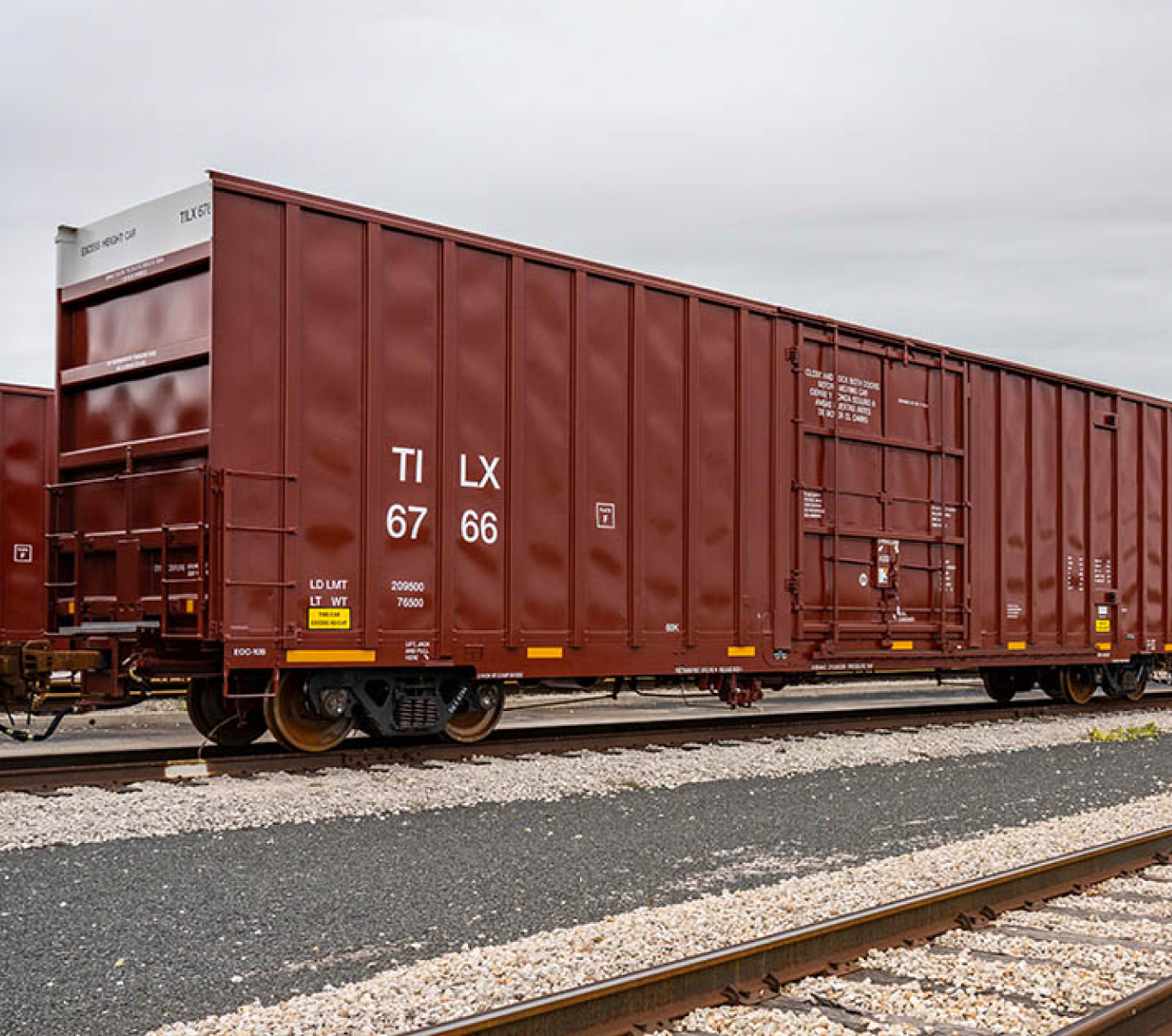What Is a Rail Fuel Surcharge and Why Does It Matter?
This article was authored in its original form by our partners at RSI Logistics.
The original post can be found here.
Fuel is a topic that is consistently top of mind in the rail industry. It affects the supply chains that bring us the products we rely on and, as a result, fluctuation in prices of fuel can impact the efficiency of our supply chains. In response, rail carriers use a rail fuel surcharge to mitigate the effects of fuel cost fluctuations. Let’s take a closer look at what this surcharge is and how it affects supply chains and the products we depend on.
What Is a Rail Fuel Surcharge?
The fuel surcharge is a mechanism initially created for railroads to offset the rising cost of fuel that is required to move railcars. Although rail transport is generally cost-effective for long-distance shipping, locomotives consume a substantial amount of fuel. As a response to increased fuel costs, railroads implemented a fuel surcharge to recover additional expenses from shippers.
This surcharge is applied on a mileage or percentage basis and is published monthly by the railroads. Understanding the fuel surcharge is important for rail shippers to understand their invoice costs. Moreover, for those not directly involved in rail shipping, grasping the concept of a fuel surcharge can aid in understanding the price fluctuations of products reliant on rail transportation.
Railroad Additional Revenue
The railroads may apply a Fuel Surcharge that surpasses their actual fuel cost—in many instances due to the surcharge being calculated based on a combination of fuel costs and projected futures. The rail rate also encompasses a portion of their fuel costs and, depending on the reasonableness of the rail rate, the total revenue may exceed initial expectations.
Re-Baseline of Rates
Over the years, railroads have sometimes adjusted the measure of their Fuel Surcharge rates.
Over the last 15 years, when Fuel Surcharges increased, the railroads applied a lower surcharge and applied the difference to the base rate. Below is an example:
In this case, the challenge for shippers is that the re-baselined rate is now subject to an annual rate increase, which ladders up to a higher increase per car.
How Is the Fuel Surcharge Calculated?
The U.S. Energy Information Administration (EIA) publishes two key fuel prices that the railroads use to calculate their Fuel Surcharge.
The first measurement is the previous month’s On-Highway Diesel Fuel average, which is the average diesel price for motor vehicles plus tax.
The second metric is the previous month’s West Texas Intermediate Crude Oil (WTI) average — the average price for crude oil produced in Texas and Southern Oklahoma — which is used as a pricing basis for other crude oil markets.
The railroads will use these prices to determine either a Mileage-Based Fuel Surcharge or a Percentage Fuel Surcharge. The Mileage-Based Fuel Surcharge is typically based on the short miles found in Trimble’s PC Miler application, while the Percentage Fuel Surcharge assesses a percentage increase on the rail freight rate.
How Can Fuel Surcharges Be managed?
The complexity of fuel surcharges can make planning for rail costs difficult. So how can you get ahead of this constantly changing cost?
RSI Logistics, a TrinityRail company, has the tools. They used best practices for managing fuel surcharges to develop a comprehensive database of fuel prices, and they are consistently reviewing changes in fuel prices and the many different fuel surcharge provisions that the railroads use to ensure the database is accurate. In this database, you can see Mileage- and Percentage-based Fuel Surcharges for a variety of railroads.
RSI Logistics’ various applications encompass current Fuel Surcharges in a variety of ways. Its Rail TMS offers reporting to help you understand current shipping costs, including the current fuel surcharge, as well populating accruals based on the rate and fuel surcharge, which can assist you with the audit freight invoices issued by the rail carriers. With their Rail Rate Analysis Software, you can evaluate both your rail rates and the Fuel Surcharge applied by the railroads to determine whether your rates are out of line and where you may have leverage in negotiations.
IF YOUR BUSINESS RELIES ON RAIL, YOU CAN RELY ON US.
WHAT CAN WE DELIVER FOR YOU?
"*" indicates required fields
